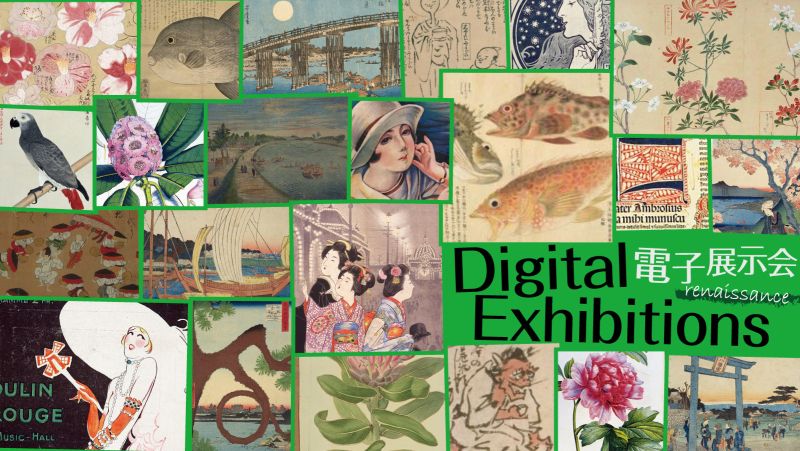Fireworks and Sumida River Opening

The opening of the river and fireworks that signal the arrival of summer are seasonal symbols. The Sumida River fireworks in Tokyo are famous, but when did they originate?
Gunpowder, the raw material for fireworks, was first used in Japan during the Genko (Mongol invasions).
In “Moukoshuuraikassen'emaki ” (Picture Scroll of the Battle of Mongolia), which depicts the Battle of Bun'ei (1274), there is a depiction that reads てつはう (“tetsuhau ”, mortar). An underwater survey of Takashima, the site of the battle, revealed that the tetsuhau at that time had a cylindrical structure, similar to a fireworks display.
The word てつはう “(tetsuhau)” can be seen above the black smoke.
It is said that TOKUGAWA Ieyasu watched fireworks in the early Edo period. According to an article dated September 17, 1613 (August 3, Keicho 18) in “Sunpu Seijiroku ” (Records of Sunpu domain), a Ming merchant visited Ieyasu in Sunpu (modern-day Shizuoka), accompanied by an Englishman, and on the night of August 6, the Ming merchant set off fireworks at Ninomaru in Sunpu Castle, which Ieyasu observed.TOKUGAWA Iemitsu, the third shogun, is said to have been a fireworks enthusiast, and daimyo (feudal lords) also seemed to enjoy this unusual spectacle. Daimyo, who owned secondary residences (shimoyashiki) along the Sumida River, especially enjoyed fireworks as a summer evening entertainment.
Fireworks were enjoyed by many people along with boat rides to cool off. Ryogoku Bridge was constructed in 1661(Kanbun 1), and Hirokoji (broad street) was established at the foot of the bridge. This place attracts many people to come and enjoy the cool evening breeze in the summer. Since the prohibition of fireworks outside the Sumida River by law, fireworks boats selling fireworks thrived by paddling between yakatabune houseboats and other boats. Fireworks at this time seemed to have been hand-held fireworks.
In 1732 (Kyoho 17), the Great Kyoho Famine occurred, resulting in many deaths. The eighth shogun, TOKUGAWA Yoshimune, held a Water God Festival (Suijin Sai) on the Sumida River in 1733 (Kyoho 18) to comfort the victims of the Great Kyoho Famine and to dispel the evil plague. During that time, teahouses around Ryogoku performed Kawasegaki (a river ritual to console spirits) and set off fireworks as entertainment. Since then, it has become a tradition to launch fireworks on the first day of the river opening (kawabiraki) of the Sumida River.
Kawabiraki is on May 28 of the lunar calendar, and the summer cooling period lasts until August 26. During this time, food vendors and freak shows lined the riverbanks and the area bustled with activity until midnight. This bustling atmosphere is depicted in nishiki-e.
The fireworks over the Sumida River evolved from toy-like fireworks to launched fireworks, and then to the trick fireworks we see today. Even though their shape and scale have changed, they continue to be a summer pastime for people.
References
- 武藤輝彦 著, "日本の花火のあゆみ" (リーブル 2000)
(MUTO Teruhiko, Nihon no hanabi no ayumi ,riiburu, 2000) - 清水武夫 著, "花火の話 : 花火関係者・愛好家のバイブル 複刻版" (サークル花火万華鏡 1998)
(SHIMIZU Takeo, Hanabi no hanashi : Hanabi kankeisha, aikoka no baiburu fukkokuban, Saakuru hanabi mangekyo, 1998) - 新井充 監修, "花火の事典" (東京堂出版 2016)
(ARAI Mitsuru, Hanabi no jiten, Tokyodo Shuppan, 2016)
